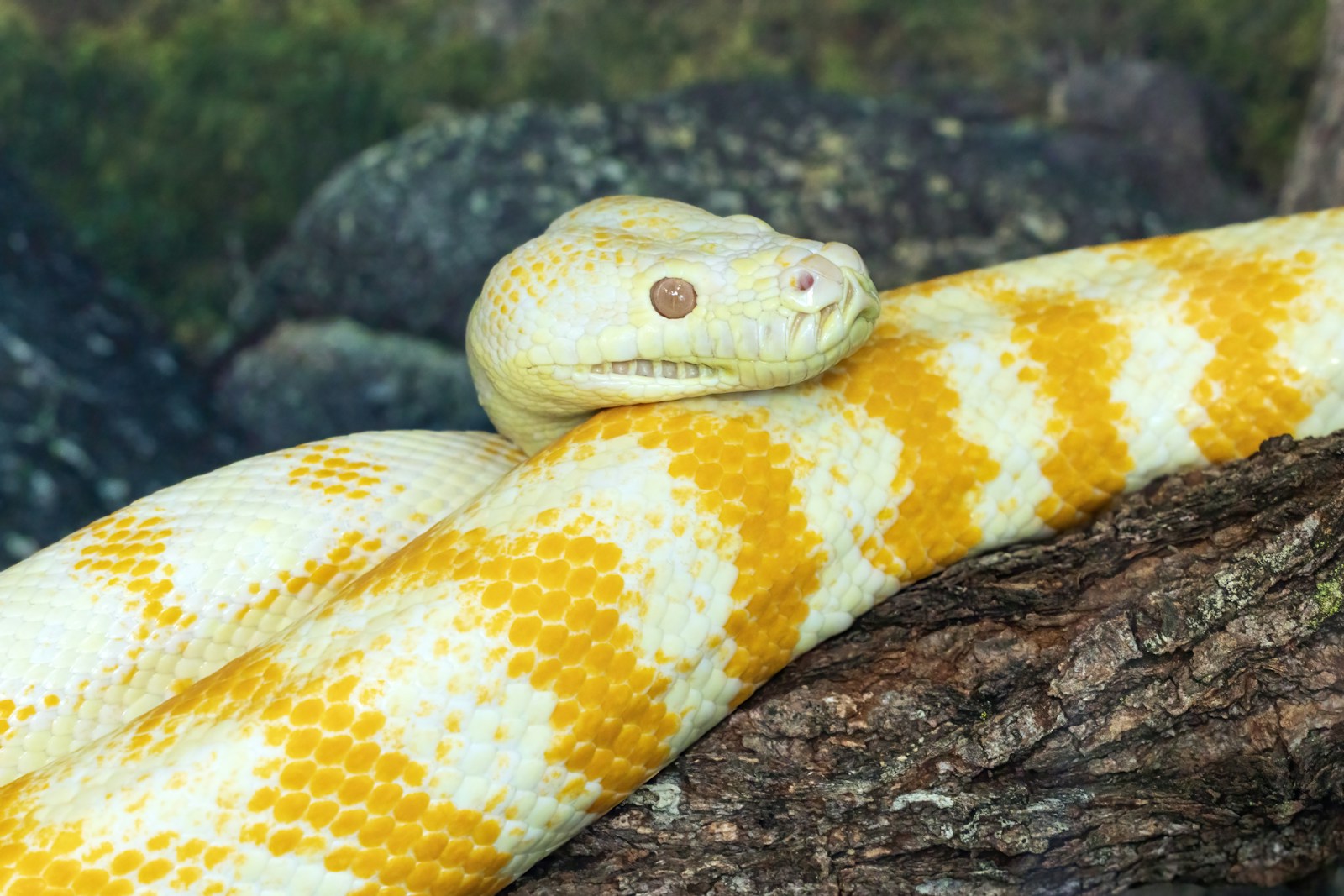In the vast tapestry of evolutionary history, certain creatures stand as remarkable testimonies to nature’s perfection—organisms so ideally adapted to their environments that they’ve remained virtually unchanged for millions of years. Among these living fossils, certain snake species represent some of the most fascinating examples of evolutionary stasis. These ancient serpents have slithered through time, witnessing the rise and fall of dinosaurs, the emergence of mammals, and the dawn of human civilization, all while maintaining their primordial form. Their survival through countless geological epochs and mass extinction events speaks volumes about their remarkable adaptability and the perfection of their evolutionary design. This article explores these ancient serpents, their remarkable consistency through time, and what their existence teaches us about evolution and adaptation.
The Concept of Living Fossils
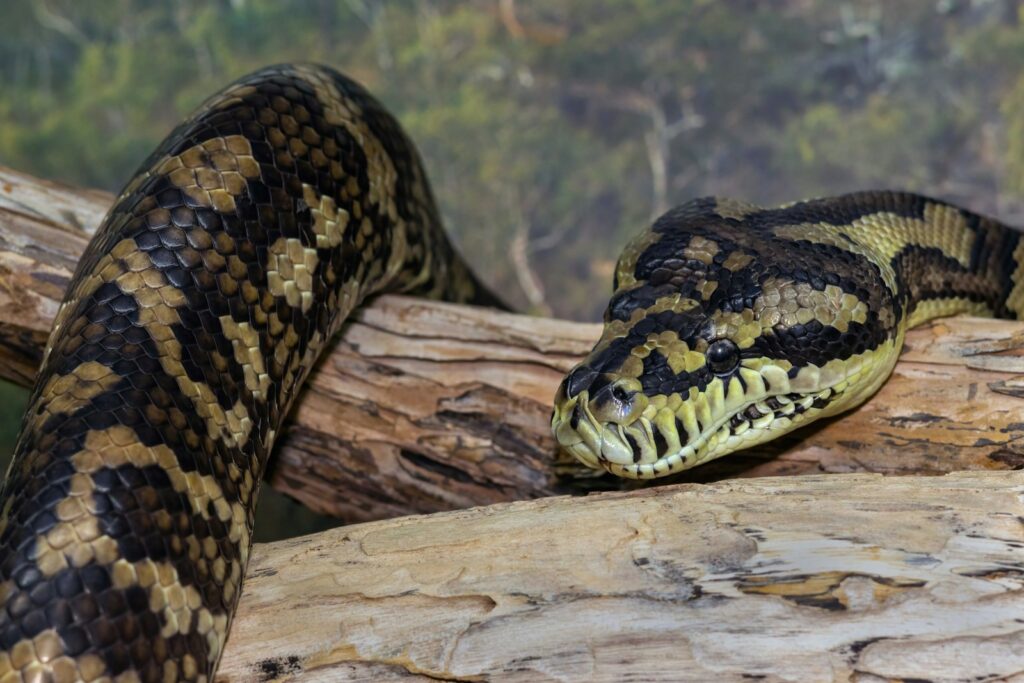
Living fossils are organisms that have remained relatively unchanged for millions of years, appearing similar to their ancient ancestors found in the fossil record. The term was coined by Charles Darwin in “On the Origin of Species” to describe organisms like the platypus and horseshoe crab, which seemed to have escaped the normal pressures of natural selection. Among reptiles, certain snake species stand out as remarkable examples of evolutionary stasis. Unlike many creatures that have undergone significant transformations over geological time, these serpents have maintained their basic body plan and ecological niche for tens of millions of years. This stability doesn’t indicate a lack of evolution but rather suggests a perfect adaptation to a stable ecological niche that hasn’t required significant modification over time.
The Python Family: Ancient Giants
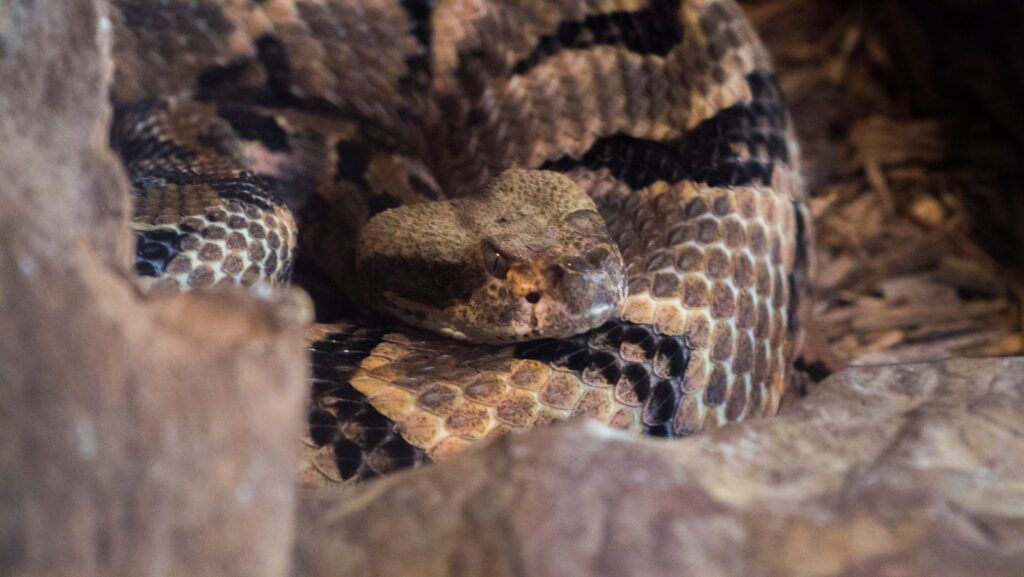
The python family represents one of the oldest lineages of snakes, with fossils dating back approximately 50 million years to the Eocene epoch. Modern pythons bear striking resemblances to these ancient ancestors, with relatively few structural changes occurring over this vast timespan. The basic python body plan—a muscular constrictor with heat-sensing pits and powerful jaws—proved so effective that it has persisted with only minor modifications. Researchers have found that certain species, like the reticulated python (Python reticulatus), show remarkably little genetic divergence from their ancient relatives. This stability is particularly impressive considering the dramatic climate changes and extinction events that have occurred during the python family’s existence, including multiple ice ages and the meteorite impact that eliminated the dinosaurs.
The Enigmatic Calabar Burrowing Python
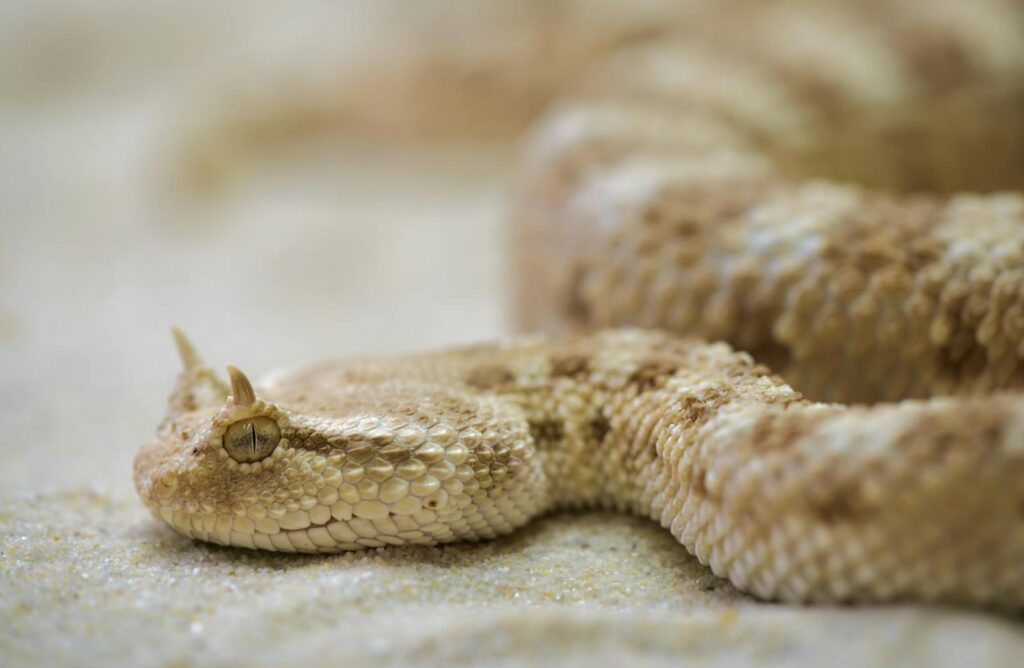
The Calabar burrowing python (Calabaria reinhardtii) represents one of the most ancient and unchanged snake lineages on Earth. Unlike its larger python relatives, this small, specialized burrower from West Africa has maintained its distinctive form for an estimated 40 million years. Anatomical studies comparing modern specimens with fossil remains show almost identical vertebral structures, skull shapes, and scale patterns. The Calabar python’s specialized adaptations for burrowing and feeding on small prey in underground burrows created such a perfect evolutionary fit that natural selection has barely altered its design. This snake’s remarkable consistency through time has earned it special attention from evolutionary biologists studying the phenomenon of evolutionary stasis and the conditions that allow it to occur.
The Ancient Blind Snakes
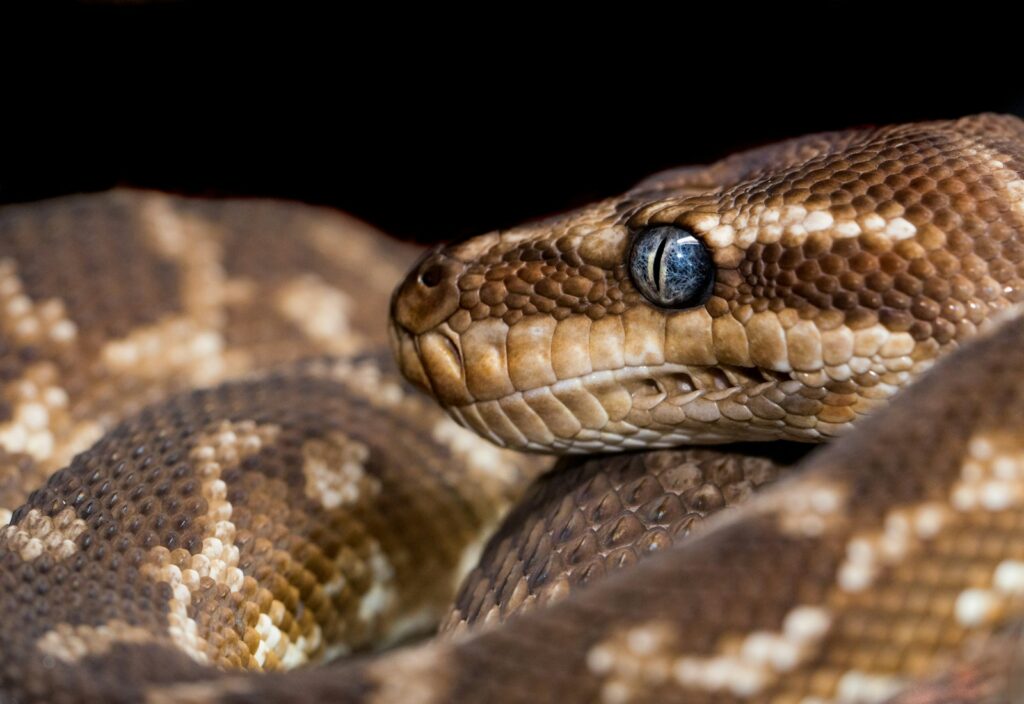
Blind snakes (family Typhlopidae) represent perhaps the most ancient and unchanged of all snake lineages, with certain species virtually identical to ancestors that lived over 100 million years ago. These small, worm-like burrowing snakes evolved their specialized form during the time of the dinosaurs and have maintained it through countless geological upheavals. Perfectly adapted for their underground lifestyle, blind snakes possess reduced eyes covered by scales, smooth, streamlined bodies, and specialized mouths designed for consuming termites and ants. Molecular clock studies suggest that the blind snake lineage diverged from other snakes during the Early Cretaceous period, making them true living fossils. Their remarkable stability demonstrates how a specialized ecological niche can produce evolutionary stasis when an organism achieves optimal adaptation.
Evolutionary Stasis: Why Some Snakes Don’t Change
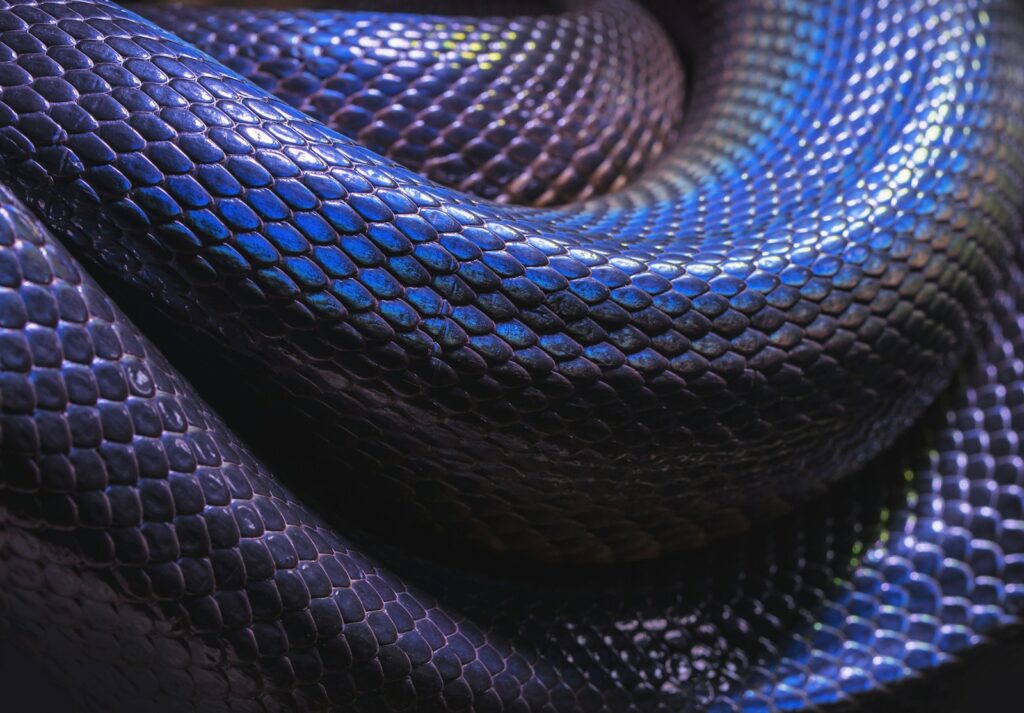
The phenomenon of evolutionary stasis in ancient snake species challenges our common understanding of evolution as a continuous process of change. Scientists have proposed several theories to explain why certain snake lineages remain virtually unchanged for millions of years. One dominant theory suggests that snakes occupying highly specialized niches face consistent selective pressures that favor the maintenance of tried-and-tested traits rather than innovation. Another explanation involves genetic canalization, where developmental pathways become so integrated that mutations affecting key traits are typically detrimental, causing natural selection to actively maintain the status quo. Additionally, some snake species may inhabit environments that have remained relatively stable despite global climate fluctuations, creating islands of consistency in a changing world where their ancient adaptations remain perfectly suited to their lifestyle.
Anatomical Consistency Through Time
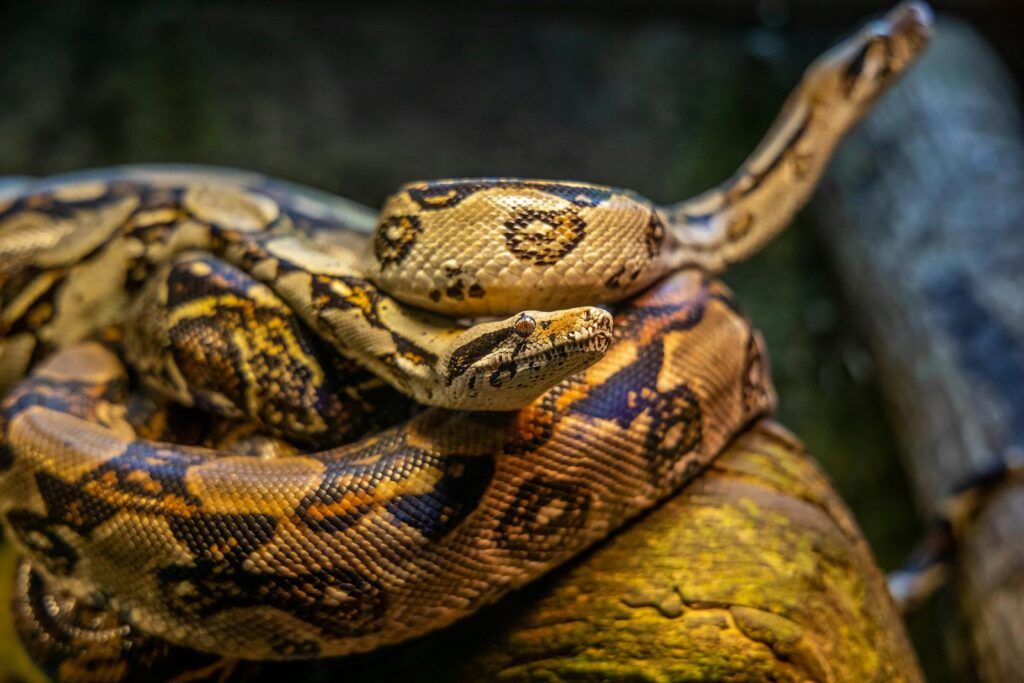
The anatomical consistency of ancient snake species provides some of the most compelling evidence of their evolutionary stasis. Paleontologists comparing fossil vertebrae, skulls, and jaw structures from specimens millions of years old often find them virtually indistinguishable from modern counterparts. The specialized feeding mechanisms of certain snakes, like the unique jaw structure of blind snakes or the heat-sensing pits of pythons, appear fully formed in ancient fossils with minimal changes to the present day. Scale patterns preserved in exceptional fossils further demonstrate this remarkable consistency, with arrangements and counts closely matching those of living specimens. This anatomical conservation extends to internal systems as well, with evidence suggesting that the specialized digestive, respiratory, and circulatory adaptations that make snakes such successful predators were established very early in their evolutionary history and maintained with remarkable fidelity.
The Brazilian Rainbow Boa: A Living Time Capsule
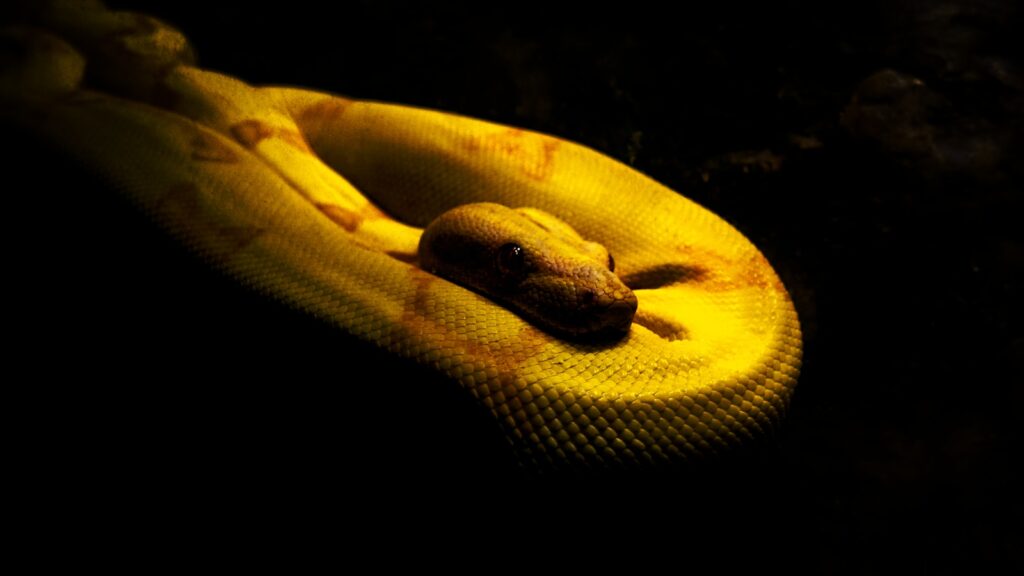
The Brazilian rainbow boa (Epicrates cenchria) represents another remarkable example of evolutionary stability among snake species. Fossil evidence indicates that this spectacularly colored constrictor has maintained its basic form for approximately 20 million years, with specimens from the Miocene epoch bearing striking resemblances to their modern descendants. The rainbow boa’s specialized heat-sensing pits, distinctive iridescent scales, and semi-arboreal lifestyle appear virtually unchanged through the fossil record. This consistency is particularly notable given the dramatic changes in South American ecosystems during this period, including the formation of the Amazon rainforest as we know it today. The rainbow boa’s ability to thrive through these landscape transformations without significant evolutionary modifications speaks to the remarkable effectiveness of its basic design and the stability of its ecological niche despite broader environmental changes.
The Green Anaconda: Ancient Giant of the Amazon
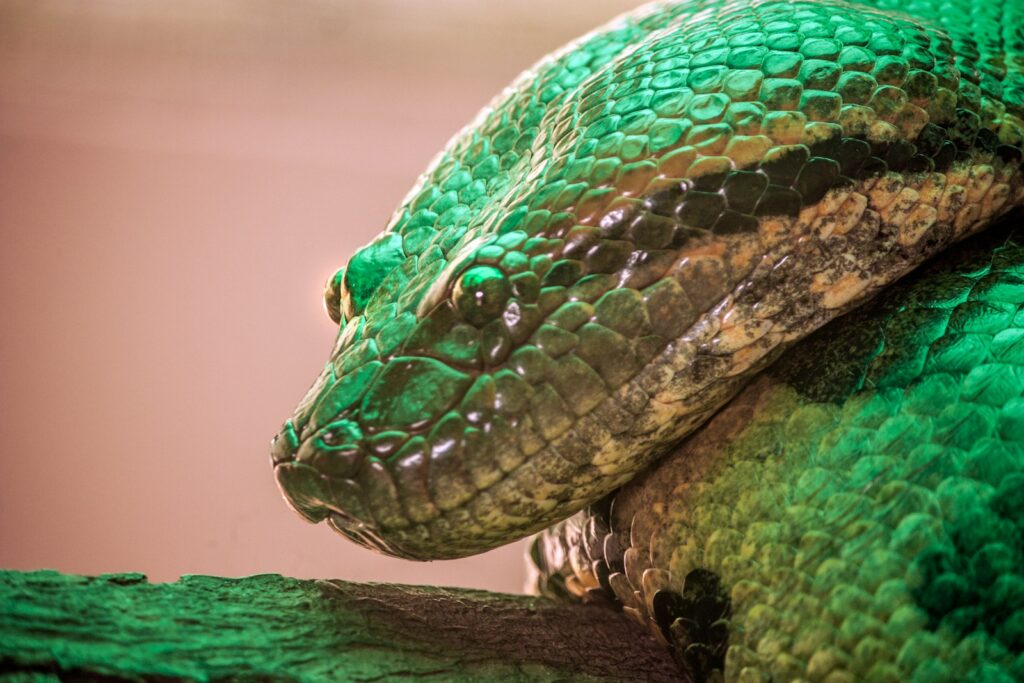
The green anaconda (Eunectes murinus), one of the world’s largest snake species, represents a lineage that has maintained its massive proportions and aquatic adaptations for approximately 15 million years. Fossil evidence from the Miocene epoch reveals anaconda ancestors with remarkably similar vertebral structures, skull shapes, and body proportions to modern specimens. The specialized adaptations that make anacondas such effective semi-aquatic predators—including their unique weight distribution, valve-like nostrils, and eye placement—appear fully formed in these ancient ancestors. Genetic studies suggest that the basic anaconda genome has undergone relatively few functional changes despite millions of years of evolution, with most genetic drift occurring in non-coding regions rather than genes responsible for their distinctive physical traits. This stability has allowed anacondas to maintain their position as apex predators in South American wetland ecosystems through dramatic climate fluctuations and changing river systems.
The Uropeltidae: Unchanged Burrowers
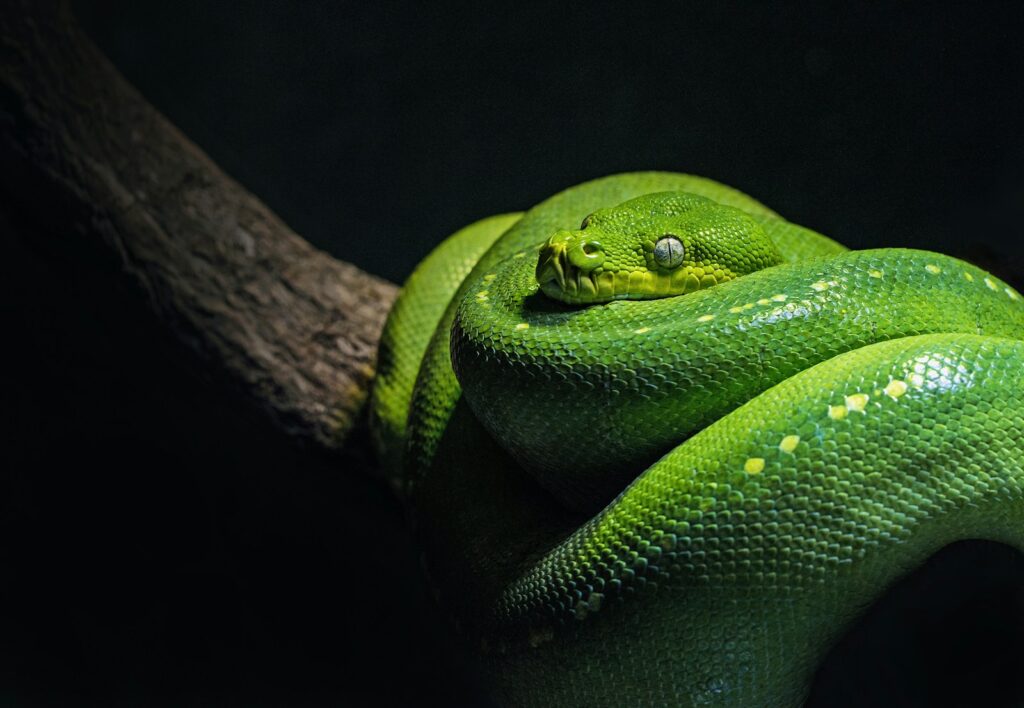
The shield-tailed snakes (family Uropeltidae) of South Asia represent one of the most extreme examples of evolutionary stasis among reptiles. These specialized burrowing snakes have maintained their distinctive form—including their characteristic flattened tail shields used for burrow defense and locomotion—for an estimated 50-60 million years. Comparative studies between modern specimens and rare fossils show virtually identical vertebral structures, specialized skull morphology, and the distinctive tail shield that gives the family its name. The Uropeltidae’s highly specialized adaptations for their fossorial lifestyle created such a perfect fit for their underground niche that natural selection has preserved rather than modified their form through tens of millions of years. Their remarkable consistency has made them valuable subjects for evolutionary biologists studying the limits and patterns of morphological conservation in vertebrate lineages.
Habitat Stability and Snake Conservation
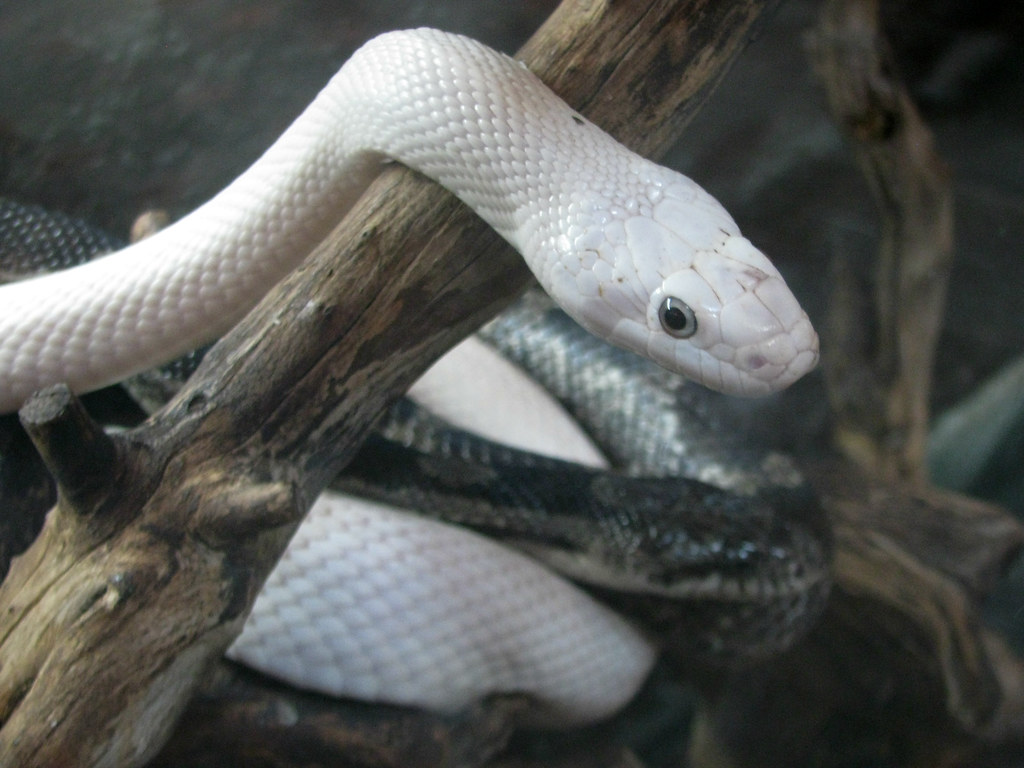
The long-term evolutionary stability of ancient snake species offers important insights for modern conservation efforts. Research suggests that many of these living fossils persist because their specialized habitats have remained relatively stable despite broader environmental changes. This habitat consistency has allowed their specialized adaptations to remain effective without requiring significant evolutionary modifications. However, this same specialization makes many ancient snake lineages particularly vulnerable to modern habitat disruption and climate change. Conservation biologists now recognize that protecting these living fossils requires preserving not just the species themselves but the specific microhabitats and ecological conditions that have supported their unchanged existence for millions of years. The rapid pace of human-driven environmental change presents unprecedented challenges for species that have evolved under conditions of remarkable stability.
Genetic Insights from Ancient Lineages
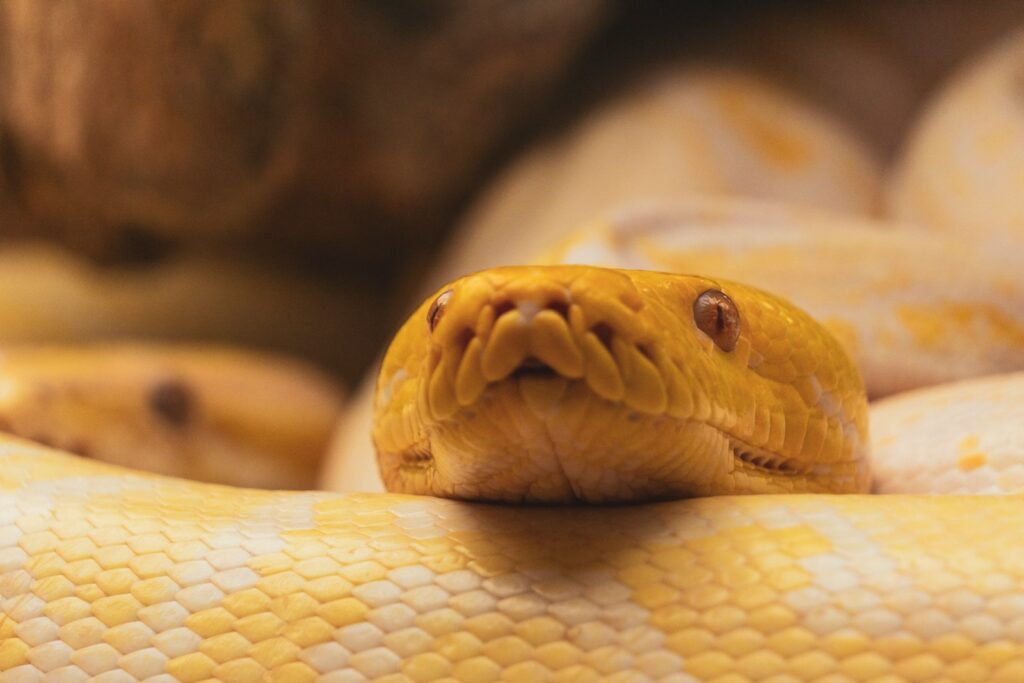
Modern genomic techniques have provided fascinating insights into the genetic basis of evolutionary stasis in ancient snake species. Comparative genomic studies reveal that many of these living fossils possess unusually stable genomes with lower mutation rates than most vertebrates. Research on python genomes, for instance, has identified specialized DNA repair mechanisms that may contribute to their genomic stability over evolutionary time. Scientists have also discovered evidence of strong purifying selection in key developmental genes, suggesting that mutations affecting body plan and major adaptations are typically eliminated rather than preserved. Perhaps most intriguingly, several ancient snake lineages show evidence of horizontal gene transfer—the acquisition of genetic material from other organisms—which may have provided crucial adaptations that eliminated the need for further evolutionary change once acquired.
Lessons from Serpent Survivors
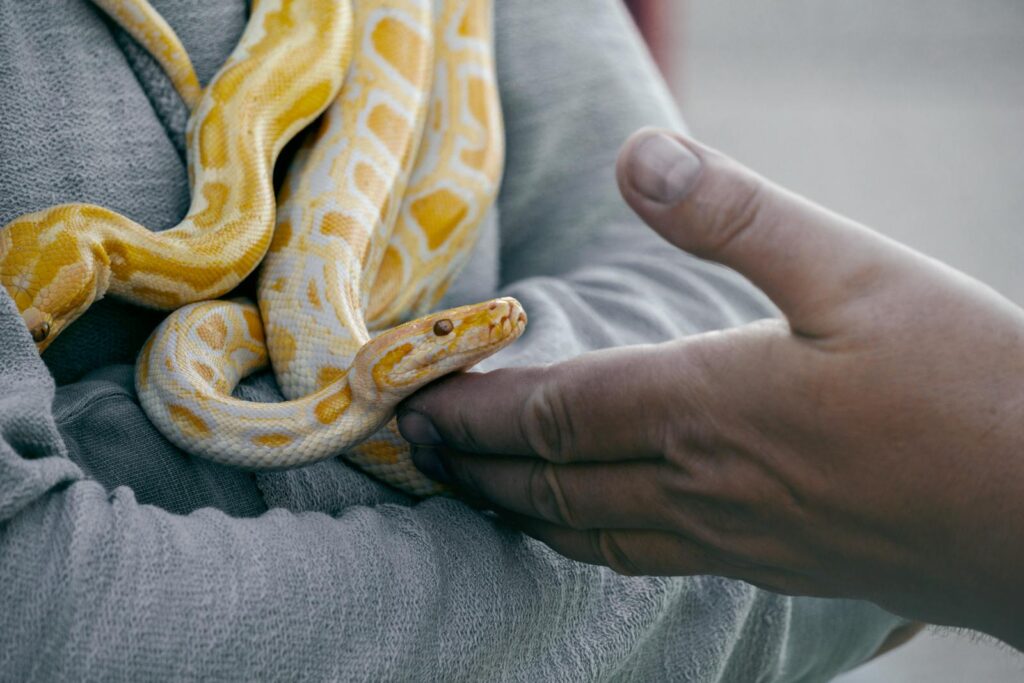
The existence of snake species that have remained virtually unchanged for millions of years offers profound lessons about evolution, adaptation, and survival. These living fossils demonstrate that evolution doesn’t always favor change and complexity—sometimes, the most successful strategy is perfecting a form and maintaining it through time. Their persistence challenges the notion that species must constantly evolve to survive, suggesting instead that finding the right ecological niche and specialized adaptations can create remarkable evolutionary stability. For conservation biologists, these ancient serpents provide valuable insights into the conditions that promote long-term species survival and the importance of habitat stability. Perhaps most importantly, these unchanged snakes remind us that the tree of life contains not just branches of constant innovation but also deep roots of stability that have anchored the diversity of life through deep time.
The remarkable evolutionary stasis exhibited by certain snake species stands as a testament to nature’s capacity to achieve perfection in design. These ancient serpents, virtually unchanged for millions of years, challenge our understanding of evolution as a constant march toward novelty and complexity. Instead, they demonstrate that when an organism achieves an optimal adaptation to a stable ecological niche, natural selection may work primarily to maintain rather than modify that successful form. As we face unprecedented rates of environmental change and species loss in the modern era, these living fossils offer both inspiration and warning—demonstrating the remarkable resilience of life while highlighting the importance of the stable conditions that have allowed them to persist virtually unchanged since the time of the dinosaurs. Their continued existence in our modern world represents one of nature’s most profound evolutionary achievements.

